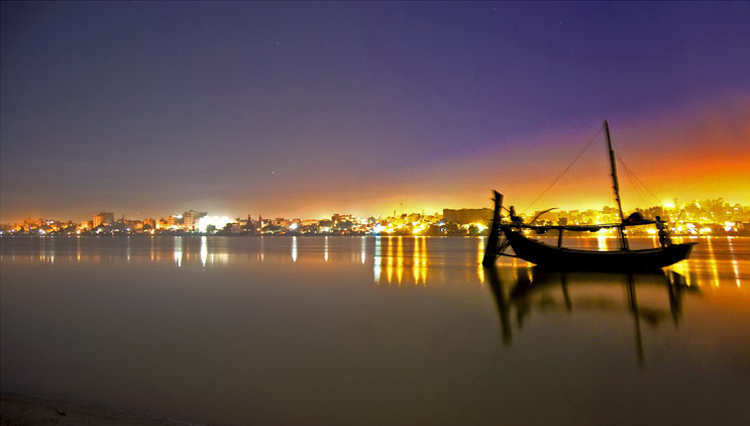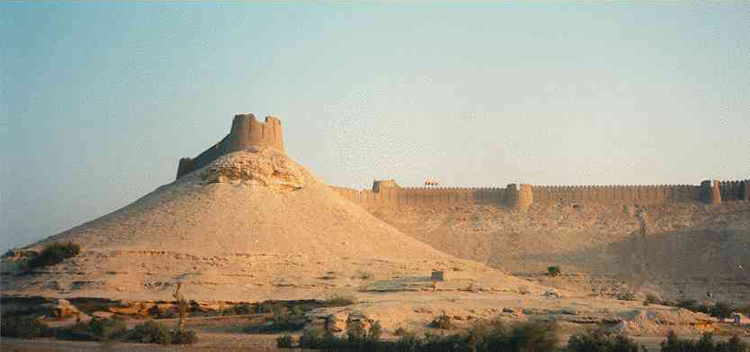Written by: Amna Javed
Posted on: July 30, 2015 | 
Karachi - The City of Lights
The corridor heading southwards passes through Sukkur, the third largest city of the province. Characterized by hot and hazy summer and a cool winter, the city is situated on the west bank of the River Indus. The long-established town has been an important strategic center and trading route in Sindh.
Built on the River Indus with 66 gates, the Sukkur Barrage controls one of the largest irrigation systems in the world. Sukkur saw a significant socio-economic uplift once this barrage, one of the world’s largest, was built in 1930s. Made of yellow stone and steel, the Sukkur Barrage is 1,524 meters long and provides water to nearly 10 million acres (40,000 km2) of land through seven large canals.

Sukkur region is home to many small and large-scale industries including biscuit factories, vegetable oil and ghee mills, cutlery and ceramics, among others. Increased connectivity would provide a significant boost to these industries and would notably improve the socio-economic situation in the area.
Moving further along the River Indus, the corridor then reaches Hyderabad, one of the fastest growing cities of the country. Founded by Mian Ghulam Shah Kalhoro in 1768, Hyderabad was built along the banks of the mighty River Indus, on the ruins of a Mauryan fishing village. The area holds immense importance for archeologists from all over the world as it is located 110 kilometers away from important archeological digs investigating the pre-Harappan settlement of Amri.
Amri is a Harrapan fortified town that dates back to 3600 BC. The city of Hyderabad is home to numerous ancient architectural sites, including the Pacco Qila (Hyderabad Fort) and the Kachha Qilla, which would be of interest to history buffs. These fortified residences were built by the Talpur rulers to keep out invaders during the 17th Century. In addition to these, the tombs of Talpur Mirs house the graves of Sindh’s former rulers who were defeated by the British in the famous battle of Miani. Another attraction for those visiting Hyderabad would be the Rani bagh – formerly a zoo, named after Queen Victoria of England. It has now been renovated and has been turned into a park with exotic animals such as lions, zebras, and different types of birds as well as horses.

Located at a distance of 90 kilometers from the city, the Ranikot Fort is also a site worth visiting. Besides these, the history and heritage of Sindh and the Indus Valley Civilization is also preserved in the Sindh Museum, where artifacts from various ruling periods can be found. In addition to that, the mighty River Indus that flows alongside the city of Hyderabad has one of the finest fishing spots in the country. An important commercial center with several industries, the region of Hyderabad is most popularly known for producing quality glass bangles.

Moving further ahead from Hyderabad, the corridor then reaches the city of lights – Karachi – Pakistan’s largest and busiest metropolitan area. Famous as the city that never sleeps, Karachi is Pakistan’s center for banking, economic activity, trade and commerce and is home to the biggest corporations in the country. Karachi is located along the Arabian Sea coastline with two of the busiest ports in the region. With numerous historic sites and recreational activities, the city offers an unforgettable experience for all visitors.
You may also like: